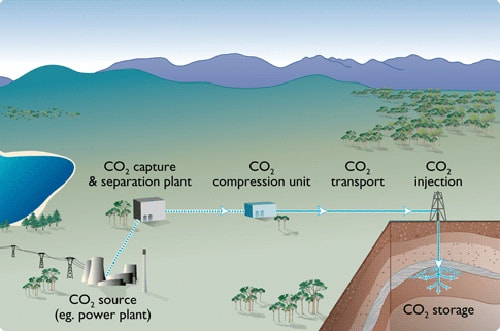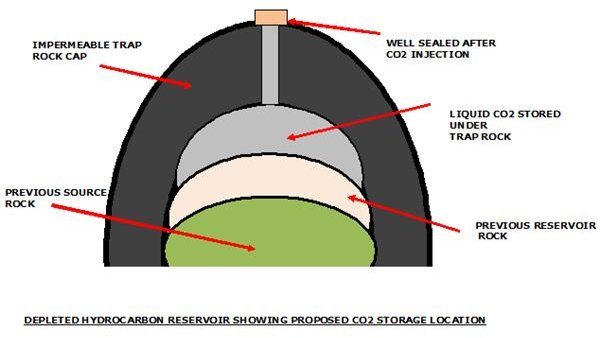
Power plant exhaust is directed to the fuel cell, replacing air that is normally used in combination with natural gas during the fuel cell power generation process. Using fuel cells to capture carbon dioxide from power plants can result in a more efficient separation of carbon dioxide from power plant exhaust with an increased output of electricity. The effect is to decrease the amount of electric power the turbine can generate. Steam is then required to release the carbon dioxide from the chemical - steam that would otherwise be used to move a turbine. In fact, our research indicates that by applying this new technology, more than 90 percent of a natural gas power plant’s carbon dioxide emissions could be captured.ĭuring conventional carbon capture processes, a chemical reacts with the carbon dioxide to extract it from power plant exhaust.

Laboratory tests have indicated that applying carbonate fuel cells to natural gas power generation could capture carbon dioxide more efficiently than current, conventional CCS technology. At the center of these efforts is a carbonate fuel cell.


are jointly pursuing new technology that could reduce the costs associated with current CCS processes by increasing the amount of electricity a power plant produces while simultaneously delivering significant reductions in carbon dioxide emissions. Scientists at ExxonMobil and FuelCell Energy, Inc. Carbonate fuel cell technology: better efficiency, more power and less carbon dioxide


 0 kommentar(er)
0 kommentar(er)
